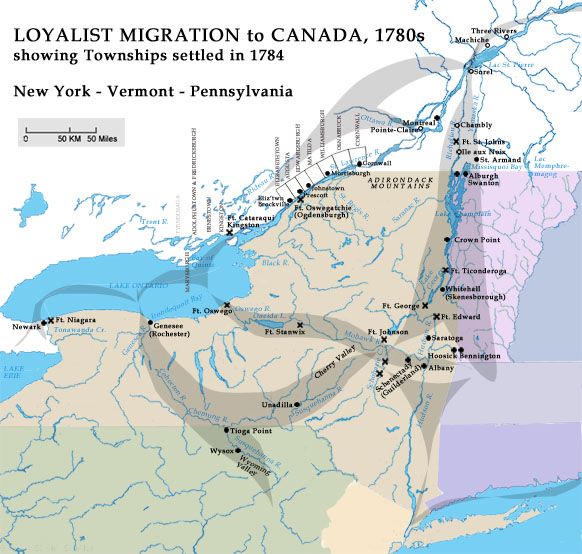How to apply for Immigration to Canada?

It is Immigration, Refugees and Citizenship Canada (IRCC) that sets immigration policy and makes decisions about who can enter Canada.If you want to immigrate to Canada, you must apply and your application must go through IRCC. The application form you must use depends on the immigration category you choose. Immigration categories You can apply for permanent residence in the following categories: Skilled and professional workers Immigrants in the family class (sponsorship) Investors, entrepreneurs and self-employed Refugees Canadian Experience Category Provincial Nominee Program Temporary residence You can apply for temporary residence in the following categories. Foreign students Temporary foreign workers Visitors Eligibility The evaluation of applications is always based on the specific needs and regulations in force. You may need to meet certain health and safety requirements. For example, you may need to undergo a medical examination or produc...



